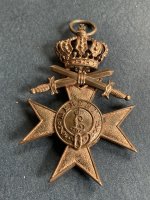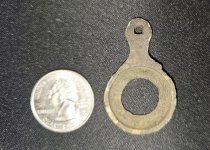InflictionOfConviction
Banned
- Nov 28, 2017
- 117
- 53
- Primary Interest:
- Other
Been doing some research on California, the first Spanish and European explorers of what is today's actual California on all the maps. There seems to be a lot of confusion surrounding who did what and where things took place, between extremely inacurate maps of early California, the multiple namings and mis-namings of points and areas, the translations of accounts of explorations from Spanish to Dutch, Reports from Cortes to the Crown, and so-forth, and so-forth. Missing documents and possible misinformation from the Spanish Crown, along with a myriad of other things. I think it's time to take a fresh look at what most likely happened in the first explorations of California, U.S.A. and make some sense of things.
First things First
Alta California and The Baja Peninsula
by all accounts they seem to be the same place
My Theory is that the Baja Peninsula opening, a pretty treacherous place was less valued by the Crown than the Los Angeles and San Diego areas and most importantly the Monterey Bay Area, With the main anchorage at Capitola in Santa Cruz, being the most interesting. "With Possible Gold Production" as the reason.
First things First
Alta California and The Baja Peninsula
by all accounts they seem to be the same place
My Theory is that the Baja Peninsula opening, a pretty treacherous place was less valued by the Crown than the Los Angeles and San Diego areas and most importantly the Monterey Bay Area, With the main anchorage at Capitola in Santa Cruz, being the most interesting. "With Possible Gold Production" as the reason.
Last edited:



 The mistake was on some maps even up to the founding of San Diego in 1769-ish.
The mistake was on some maps even up to the founding of San Diego in 1769-ish. 

